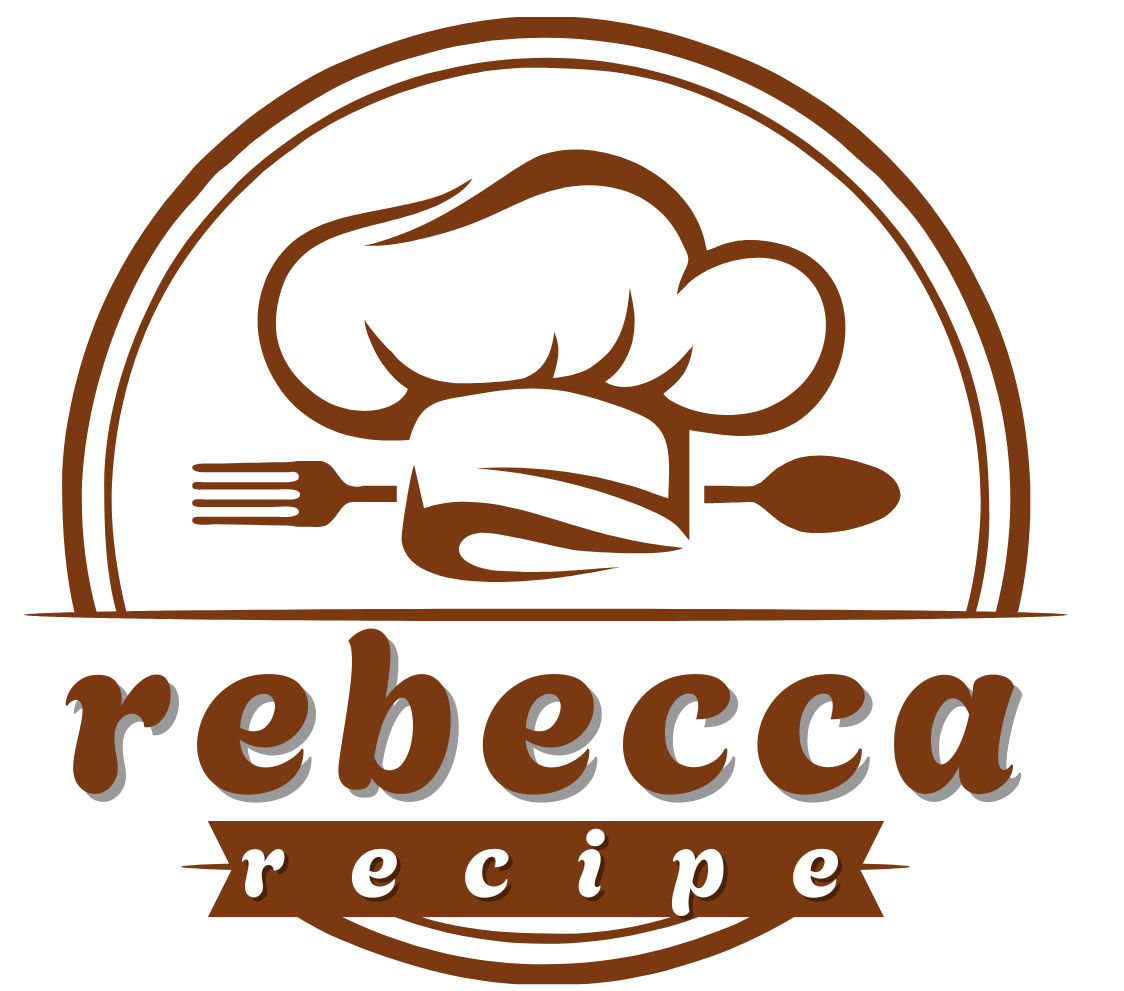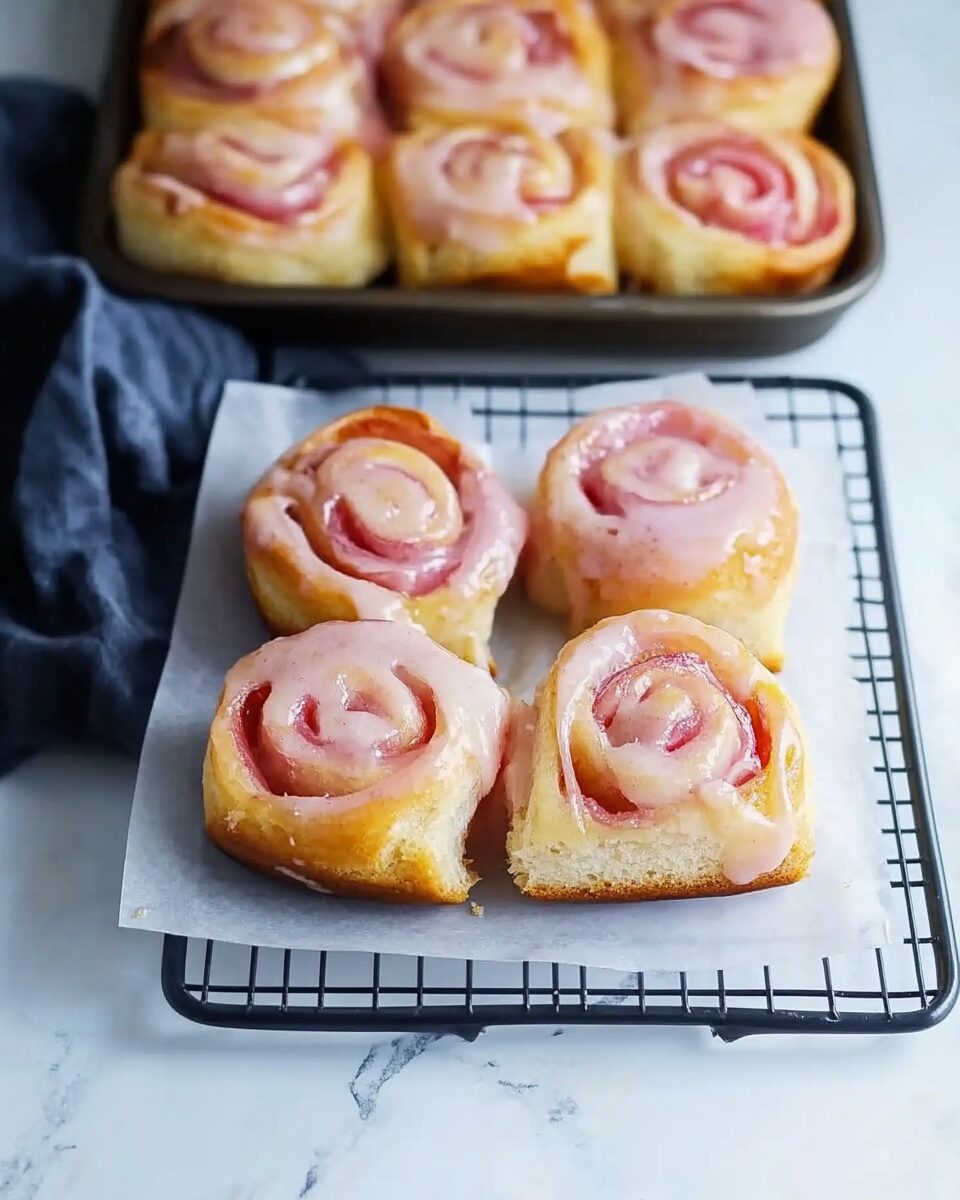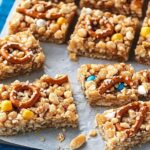Rhubarb Rolls are a delightful twist on traditional cinnamon rolls, featuring a tangy rhubarb filling and a sweet, pink rhubarb glaze. These rolls are perfect for showcasing rhubarb’s tartness, making them a unique addition to any breakfast or brunch spread. The soft, yeasted dough provides a tender base, while the rhubarb filling and glaze offer a burst of flavor that is both refreshing and satisfying.
Full Recipe:
Ingredients
For the dough:
- 3/4 cup whole milk
- 4 tablespoons unsalted butter, cubed
- 2 1/4 teaspoons instant yeast (1 packet); can also use active dry yeast
- 2 tablespoons granulated sugar
- 1 large egg
- 3/4 teaspoon salt
- 3 1/4 cups all-purpose flour
For the rhubarb filling:
- 3 cups chopped rhubarb
- 1/2 cup granulated sugar
- 1 tablespoon cornstarch
- 1/2 teaspoon vanilla extract
For the glaze:
- 1/4 cup powdered sugar
- 2 tablespoons rhubarb puree (from the filling)
- 1/2 teaspoon lemon juice
Directions
- Prepare the dough: In a small saucepan, warm the milk and butter over low heat until the butter is melted. Remove from heat and let it cool until lukewarm.
- Activate the yeast: In a large mixing bowl, combine the warm milk mixture, yeast, sugar, and a pinch of salt. Stir to dissolve the yeast and let it sit for about 5 minutes until foamy.
- Mix the dough: Add the egg and flour to the yeast mixture. Stir until a dough forms. Knead the dough on a floured surface for about 5–7 minutes until smooth and elastic.
- First rise: Place the dough in a greased bowl, cover it with a clean towel, and let it rise in a warm place for about 1 hour, or until doubled in size.
- Prepare the rhubarb filling: In a saucepan, combine the chopped rhubarb, sugar, cornstarch, and vanilla extract. Cook over medium heat, stirring frequently, until the rhubarb breaks down and the mixture thickens into a jam-like consistency. Remove from heat and let it cool.
- Roll out the dough: Punch down the risen dough and turn it out onto a floured surface. Roll it into a rectangle about 1/4 inch thick.
- Assemble the rolls: Spread the cooled rhubarb filling evenly over the rolled-out dough. Starting from one edge, carefully roll the dough into a log.
- Cut and arrange: Slice the rolled dough into 12 equal pieces. Place the rolls in a greased 9×13-inch baking dish.
- Second rise: Cover the rolls with a clean towel and let them rise for about 30 minutes, or until puffy.
- Bake: Preheat the oven to 350°F (175°C). Bake the rolls for 25–30 minutes, or until golden brown.
- Glaze: While the rolls are baking, prepare the glaze by mixing the powdered sugar, rhubarb puree, and lemon juice until smooth.
- Finish: Once the rolls are baked, remove them from the oven and let them cool slightly. Drizzle the glaze over the warm rolls before serving.
Nutritional Facts (Per Serving)
- Calories: Approximately 280
- Total Fat: 9g
- Saturated Fat: 5g
- Cholesterol: 35mg
- Sodium: 150mg
- Total Carbohydrates: 45g
- Dietary Fiber: 1g
- Sugars: 20g
- Protein: 4g
The History and Appeal of Rhubarb
Rhubarb has been used for centuries in cooking and baking, especially in North America and Europe. Originally valued for its medicinal properties, rhubarb became popular in the kitchen for its tart flavor, which pairs perfectly with sweet ingredients. Despite its use as a vegetable, rhubarb is often treated like a fruit in culinary applications, especially in desserts and jams.
While many people are familiar with rhubarb’s role in pies and crumbles, using rhubarb in rolls like this one offers a fresh and creative way to enjoy this versatile ingredient. Rhubarb’s sharp flavor contrasts beautifully with the sweet, buttery dough of the rolls, creating a harmonious balance that will leave anyone craving more. The light, fluffy rolls filled with tangy rhubarb make for a perfect brunch dish or a delicious afternoon treat with a cup of tea or coffee.
Why Rhubarb Rolls Are Perfect for Spring and Summer
Rhubarb is in season during the spring and early summer months, making this the perfect time to make Rhubarb Rolls. The bright pink stalks of rhubarb are not only visually stunning but also packed with flavor, making them the ideal ingredient for any dish that celebrates the flavors of the season. Incorporating rhubarb into your baking during these months allows you to take advantage of its peak flavor and texture, resulting in a dish that is fresh, seasonal, and full of life.
The tangy sweetness of rhubarb is a perfect contrast to the richness of the dough, making it an excellent choice for breakfast or brunch during these warmer months. The light, fluffy texture of the rolls is a refreshing departure from the heavier, more indulgent baked goods typically associated with colder weather. With the addition of the rhubarb glaze, the rolls are sweet but not overly so, allowing the natural tartness of the rhubarb to shine through.
The Art of Making Yeasted Dough
At the heart of any great roll recipe is the dough. Yeasted dough is known for its light, airy texture, and the process of making it involves patience and care. Unlike quick bread or cake doughs, yeasted dough relies on fermentation to rise and develop flavor. The yeast in the dough feeds on the sugar, releasing gases that cause the dough to rise and expand.
When making Rhubarb Rolls, the dough must be prepared properly to ensure it has the right texture. Kneading the dough is crucial for developing the gluten structure, which provides the dough with its elasticity. This will allow the rolls to rise properly and create that signature light and fluffy texture. Properly risen dough is key to making soft, pillowy rolls that melt in your mouth.
Once the dough has risen, it is ready to be rolled out and filled with the rhubarb mixture. The dough should be soft and smooth, with a slight stretch when pulled. If the dough is too sticky, a little extra flour can be added, but it’s important to not over-flour, as this can result in a tough texture. Once rolled out, the dough is ready for the rhubarb filling, which is the highlight of this recipe.
The Role of Rhubarb in This Recipe
The star of Rhubarb Rolls is undoubtedly the rhubarb filling. Rhubarb is a fruit that balances sweetness with tartness, making it the perfect addition to a sweet pastry like a roll. The tangy rhubarb filling is created by cooking the rhubarb with sugar and cornstarch, which helps thicken the mixture into a jam-like consistency. This filling is spread over the dough before it’s rolled up into a log, allowing the rhubarb to infuse the dough with its distinctive flavor.
Rhubarb can be a polarizing ingredient due to its tartness, but when paired with sugar, it becomes perfectly balanced. The filling brings a sharp contrast to the soft, buttery dough, making each bite a burst of flavor. This filling can also be adjusted based on personal taste. For those who prefer a sweeter filling, the amount of sugar can be increased slightly, while those who enjoy the tartness of rhubarb can keep the sugar ratio lower.
Additionally, using rhubarb in the glaze adds another layer of flavor, enhancing the overall experience. The glaze is made with powdered sugar, rhubarb puree, and lemon juice, creating a tangy, sweet finish for the rolls. This glaze gives the rolls a beautiful shine and a slight tartness that balances the sweetness of the dough and filling.
The Importance of the Glaze
The glaze is what truly brings the Rhubarb Rolls together. While the rolls themselves are delicious, the glaze adds a finishing touch that enhances the flavor and appearance. Made with rhubarb puree, powdered sugar, and lemon juice, the glaze is a simple yet effective way to add sweetness and a little extra tang.
The glaze not only enhances the flavor profile of the rolls but also adds a beautiful visual element. The soft pink hue of the glaze complements the warm golden color of the rolls, creating a dessert that is as pleasing to the eyes as it is to the taste buds. Drizzling the glaze over the warm rolls helps to make them even more irresistible, creating a glossy, slightly sticky coating that ties the whole dish together.
Serving and Storing Rhubarb Rolls
Rhubarb Rolls are best served fresh, but they can be stored for later enjoyment as well. After baking, let the rolls cool slightly before drizzling them with glaze. They can be served warm, straight from the oven, or at room temperature. The sweet and tangy flavor of the rolls pairs wonderfully with a cup of coffee or tea, making them a perfect addition to a brunch spread or an afternoon snack.
If you have leftovers, they can be stored in an airtight container at room temperature for up to two days. If you want to keep them fresh for longer, you can refrigerate them for up to a week. To reheat, simply place the rolls in the microwave for 20-30 seconds or warm them in the oven at a low temperature. The glaze may need to be refreshed with a little extra rhubarb puree and powdered sugar if it begins to harden.
These rolls are also freezer-friendly. After baking, allow them to cool completely before wrapping them tightly in plastic wrap and aluminum foil. When you’re ready to enjoy them, simply thaw the rolls at room temperature and reheat them. The dough will retain its softness, and the rhubarb filling will still offer that satisfying tang.
Conclusion
Rhubarb Rolls are a delightful and unique addition to any breakfast or brunch menu. The combination of light, fluffy dough, tangy rhubarb filling, and sweet glaze creates a treat that is both flavorful and visually appealing. Whether you’re a fan of rhubarb or just looking for something new to try, these rolls offer a refreshing twist on the classic cinnamon roll. They’re perfect for spring and summer, taking advantage of rhubarb’s peak season and turning it into a delicious pastry that’s sure to impress.






